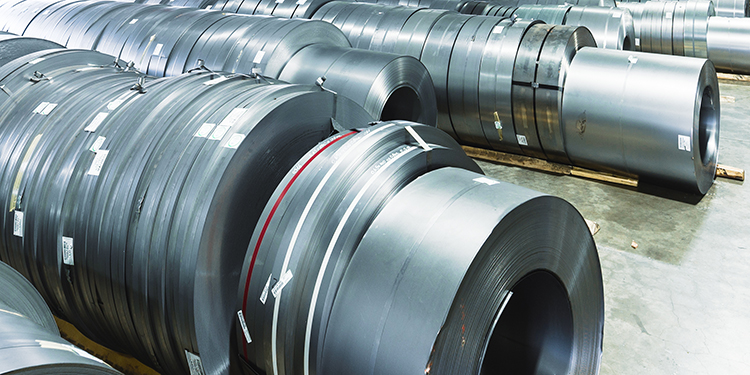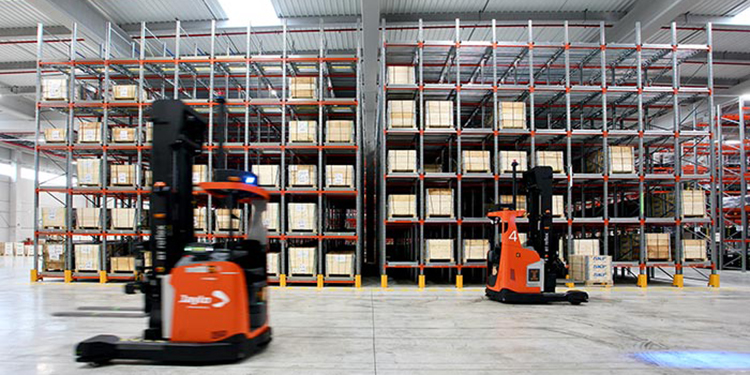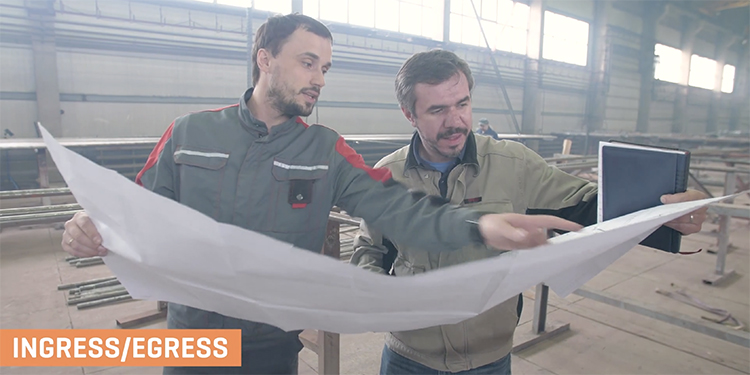A previous blog entry reviewed a selection of optional guarding accessories. Applying these add-ons at the time of installation—or as a later retrofit—to aisle-side or end-facing rack columns (or to the floor in front of them) can help minimize the damage caused by forklift impacts.
For operations wishing to preserve the maximum amount of aisle clearance, however, there are a number of options available for safeguarding the rack uprights for impact. These impact protection modifications work with either structural or roll-form rack systems. High traffic warehouse applications include both kinds of systems.
ANSI Standard Includes More Details
Outlined in RMI’s ANSI MH16.1: Standard for the Design, Testing and Utilization of Industrial Steel Storage Racks, none of these design enhancements will prevent the rack from failing due to a major collision. Users should also not consider them to be a replacement for proper and ongoing forklift driver training and management.
Nevertheless, they greatly reduce the chances that a minor, day-to-day impact will cause a collapse. And, in the instance of an impact causing significant damage, they may extend the time needed to safely unload the rack and remove it from commission. These steps are necessary to protect personnel until a certified rack engineer can inspect and repair the damage.
Enhancements That Reduce Damage from Forklift Impacts
Depending on the application, a manufacturer may add one or more of these design enhancements to a system. They are most frequently deployed on the aisle-facing columns of interior uprights or to both columns in end-of-row or tunnel-bay cross-over uprights. Collisions occur most often in these areas.
Double Columns
In structural and roll-formed rack applications, a manufacturer may weld a second column to the front column. The additional column reinforces and strengthens the upright. It also provides some redundancy by redistributing the load stress if an impact damages the front column.
Column Inserts or Reinforcement
Adding reinforcement sections externally or internally increases the impact strength and load capacity of the column. Steel, wood, or other materials can make up these sections. Further, placing them inside racking columns provides added protection against impact damage.
Heavy-Duty Bracing
Implementing heavier horizontal and diagonal bracing within the rack upright, particularly in the lower impact regions, can also help the upright resist damage caused by a forklift impact.
External Column Protectors
There are many other column devices that can be added to provide some level of impact protection. These include:
- Steel guards bolted to the floor
- Steel guards bolted or welded to the column
- Snap-on plastic and rubber shock absorbing devices
- Guard rails
- Floor rails
Beam Uplift Protection
Most roll-formed rack beams are installed with studded-type or formed steel connectors with beams clicking into place with spring-type locking devices or clips. Should a forklift driver miscalculate the clearance of a pallet load opening and impact the beam above the load, the resulting contact can create an excessive upward force. This may exceed the spring lock capacity and potentially cause the beam to dislodge. For additional protection against beam uplift, secondary items—such as bolts and J-pins—can be added, locking the beam connections to provide enhanced restraint.
Training Key to Reducing Number of Forklift Impacts
Again, when correctly assembled, maintained and used in an environment where properly trained forklift drivers operate with caution and care, the vast majority of steel storage racks designed to RMI standards will deliver a long, safe service life. For operations wishing to further protect their racking structure, however, these modifications can enhance its resistance to forklift impacts.
Looking for more rack protection accessories? Section 3.4.2 of RMI’s publication, “Considerations for the Planning and Use of Industrial Steel Storage Racks,” offers a detailed review of the options.




